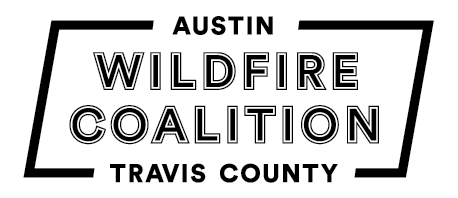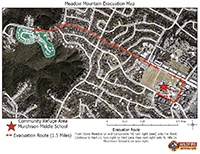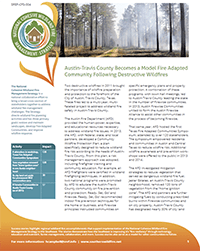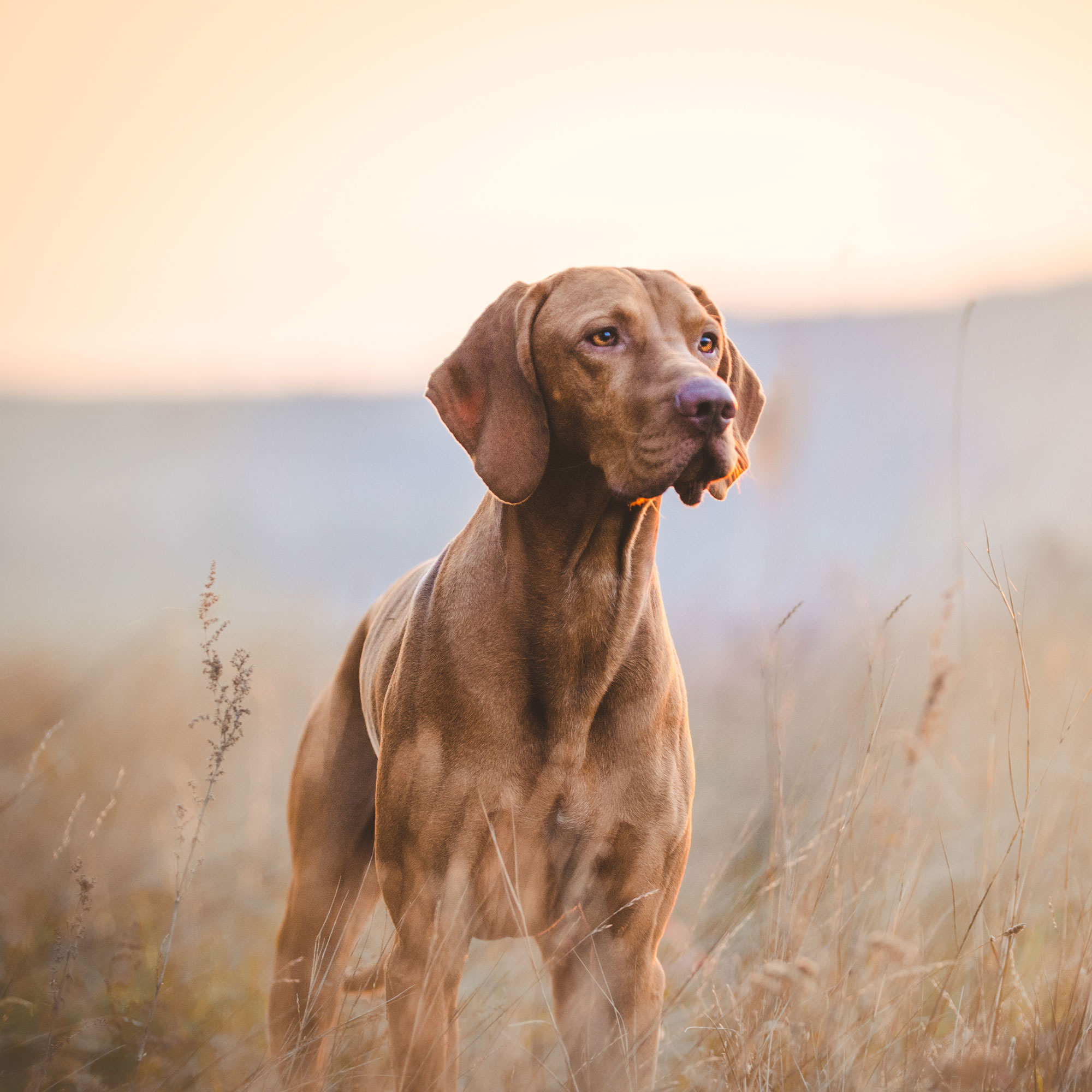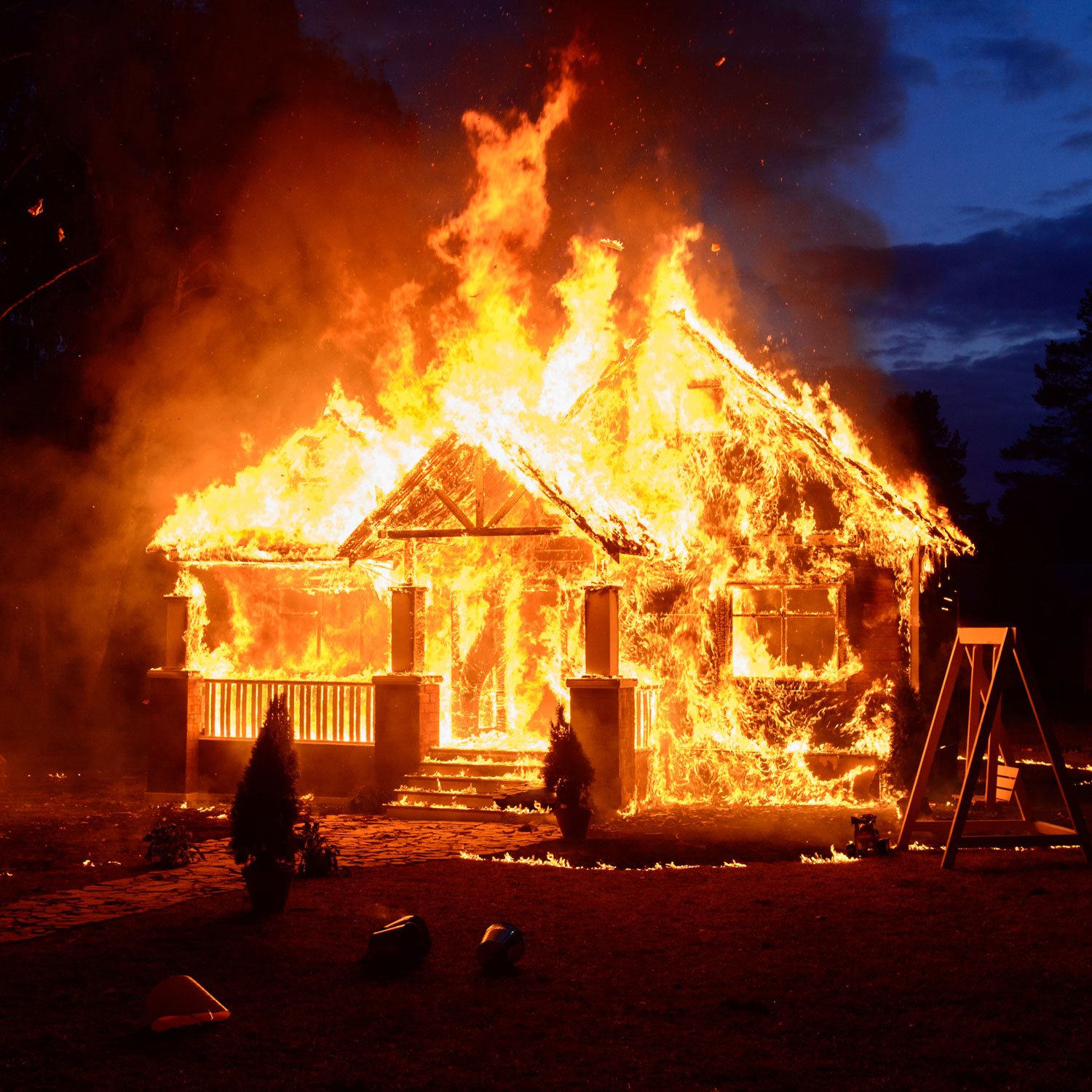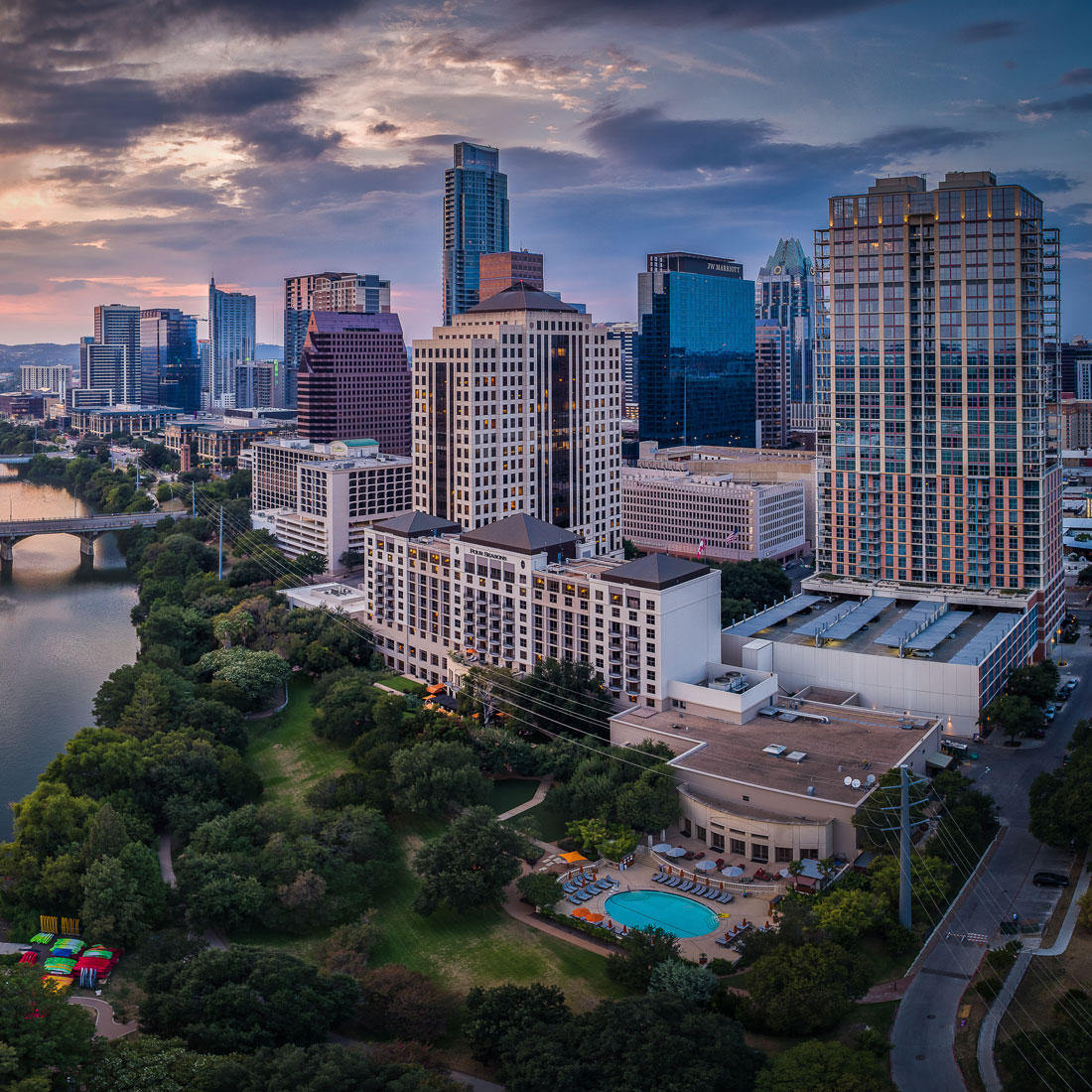Forecast Wildfire Danger
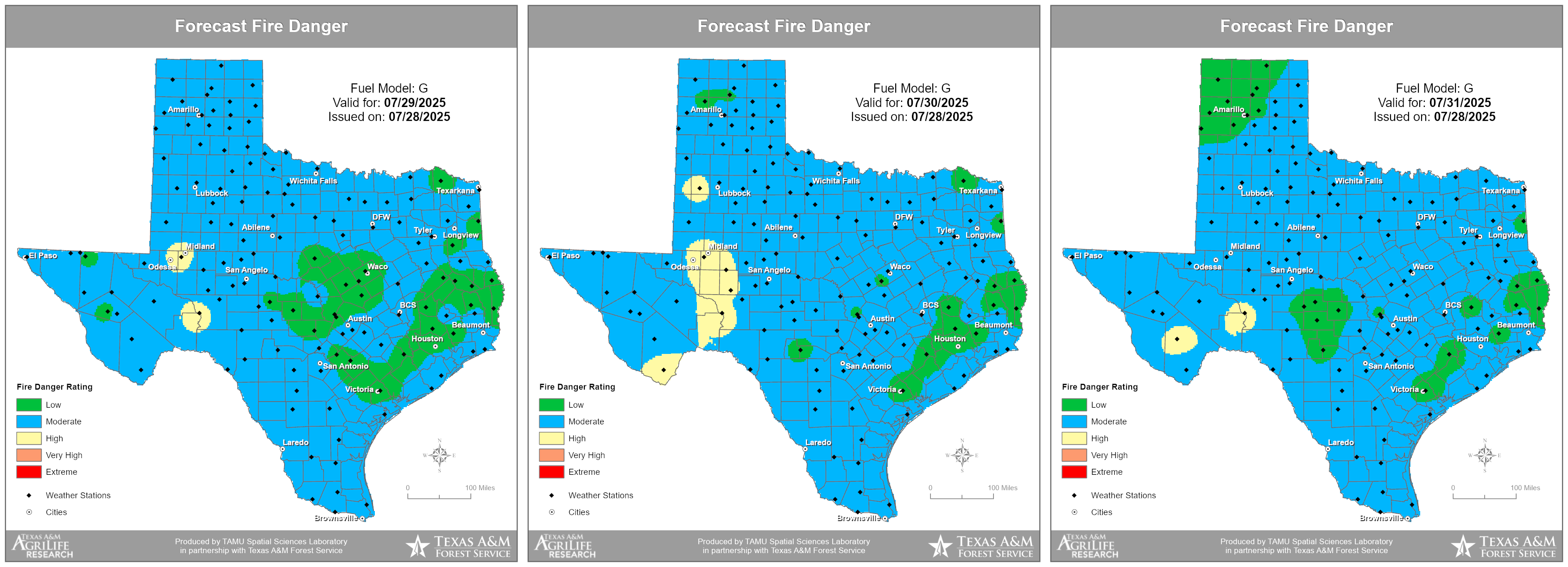
Do you live in the city of Austin?
Then you have a stake in fighting wildfire if you enjoy our area parks.
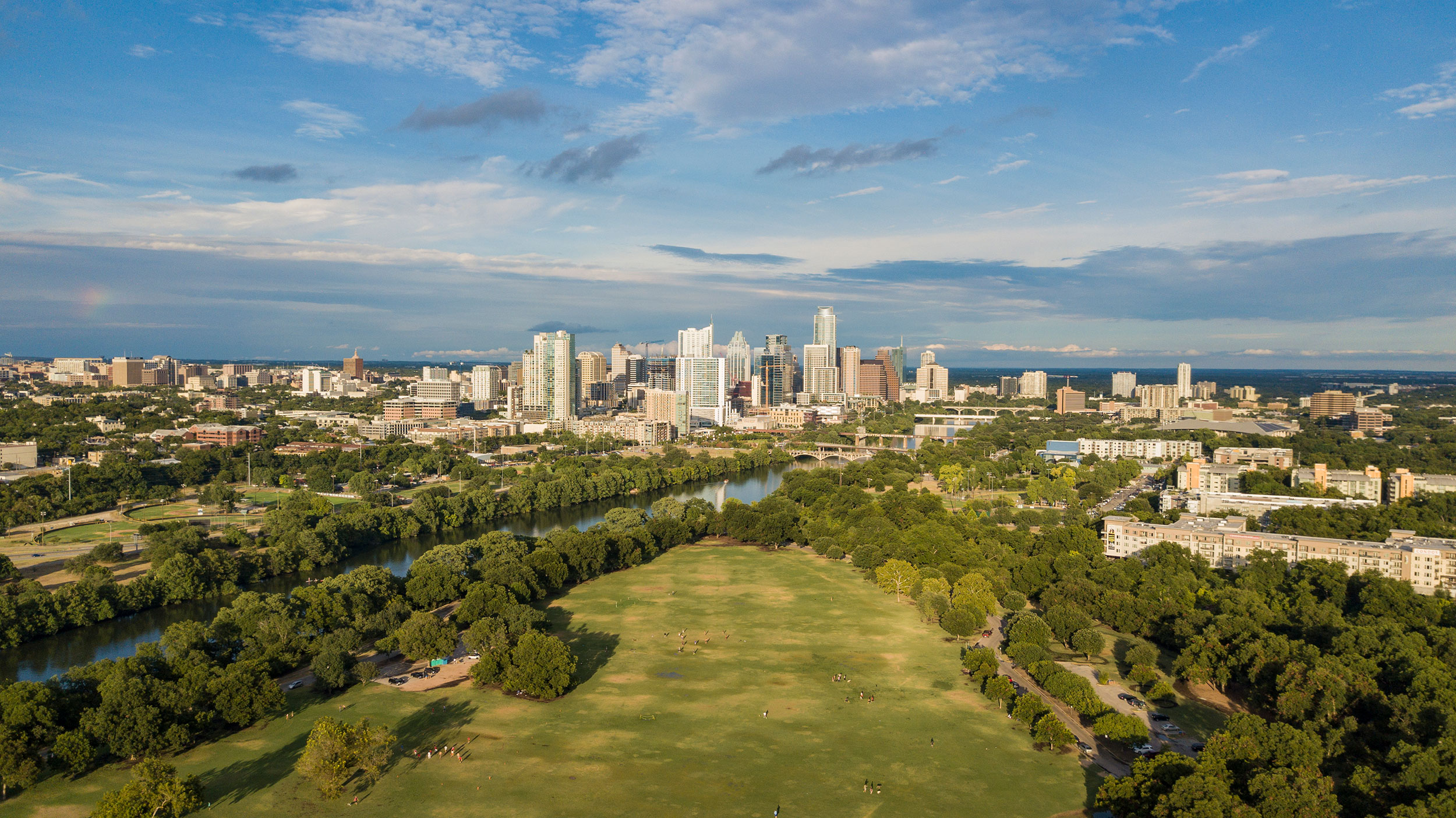 The beautiful Austin greenbelt and skyline
The beautiful Austin greenbelt and skyline
Do you live outside of a city in Travis County?
Then you have a stake in fighting wildfire to preserve our beautiful hill country and Texas heritage.
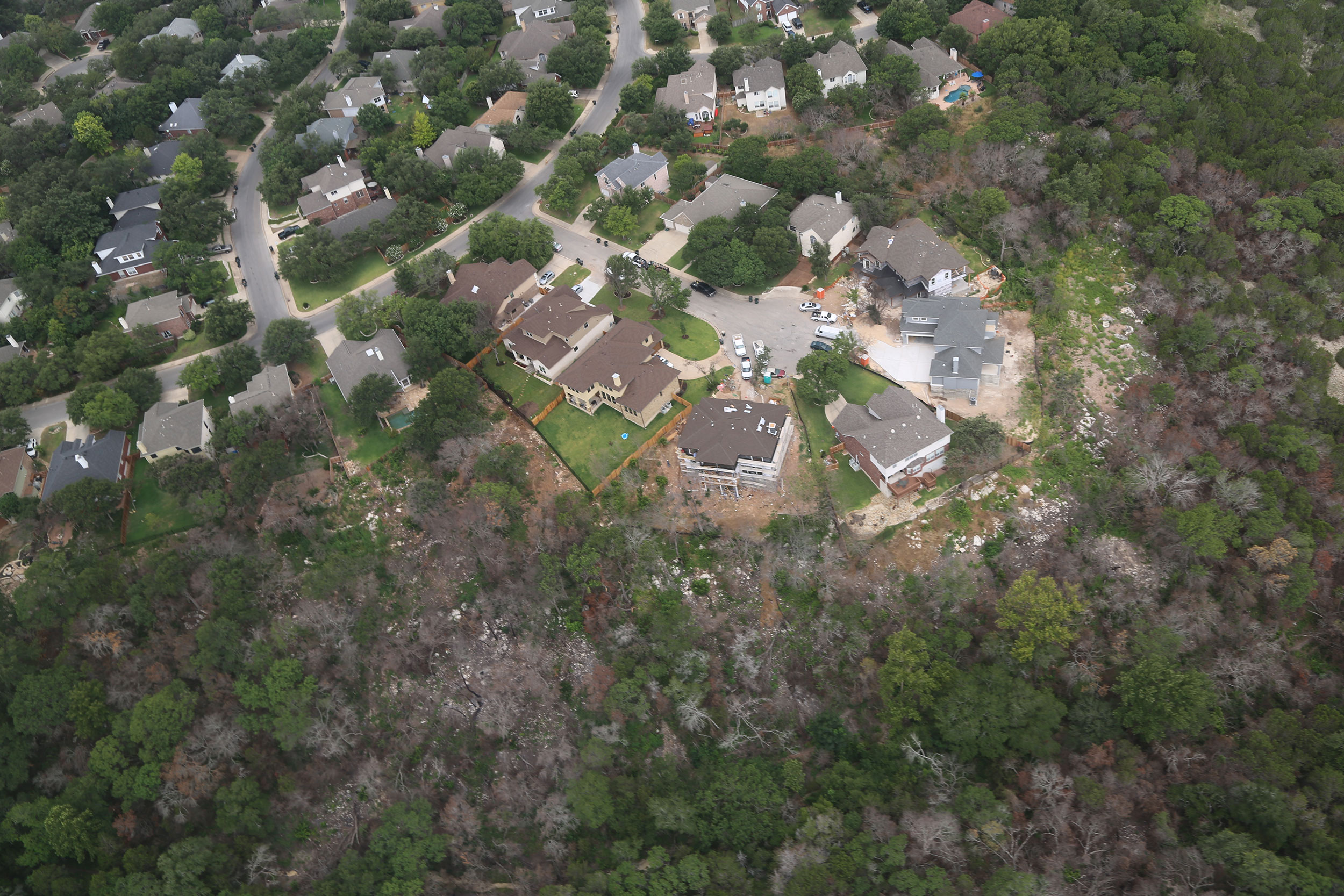 Texas Hill Country Neighborhood
Texas Hill Country Neighborhood
No matter where you live, you play an important role in wildfire preparedness and protection.
Why should the Capital Area prepare for wildfire?
Rapid Growth. Austin is expected to double its population in the next 30 years and much of that growth will be in the Wildland Urban Interface (WUI). As our community continues to expand into once-rural parts of the county, more of our residents settle into the WUI. As the name implies, it’s where human development and wildlands meet, or intermix, and it is more and more common for the fires in these types of areas to be devastating.
For example, during the 2011 Labor Day weekend, residents living in the WUI suffered the devastating impacts of wildfire. After a historic year of extreme drought resulting in increased fire risk, some 7,000 acres burned in Travis County, destroying 57 homes. Our neighbors in Bastrop County suffered the largest per-capita loss in the nation’s history as flames consumed 34,000 acres and 1,700 homes.
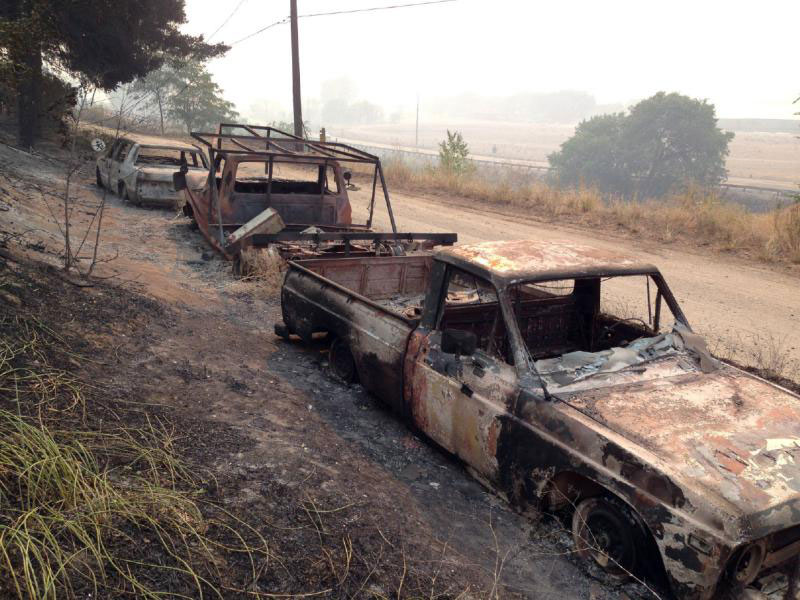 Vehicles burned over in the 2011 fires
Vehicles burned over in the 2011 fires
How should the Capital Area prepare for wildfire?
Because of these wildfires and the likelihood of experiencing more, Austin and Travis County officials created the Joint Wildfire Task Force and the Community Wildfire Protection Plan (CWPP) to unite firefighters, land and city managers, parks service, and other key players in creating Fire Adapted Communities throughout Travis County.
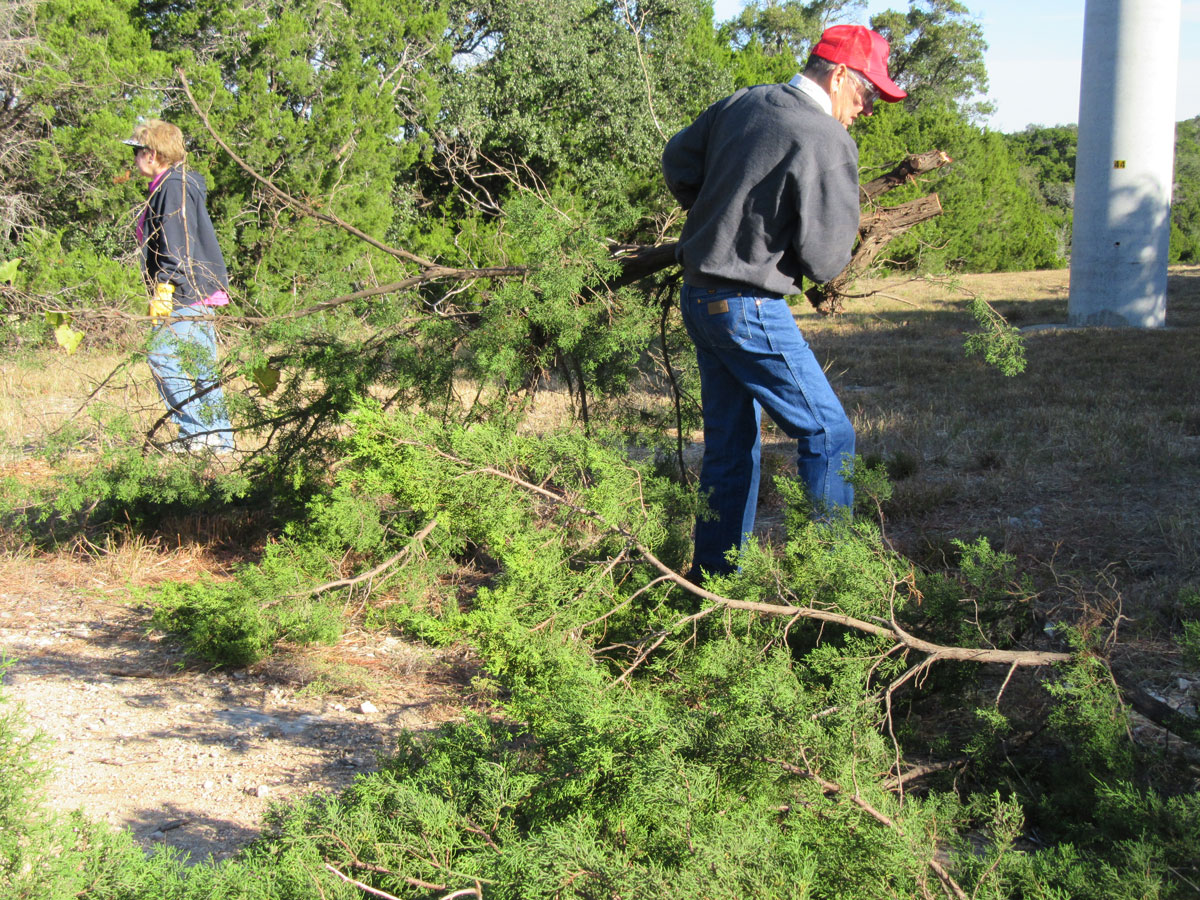 Local residents working together to clear brush
Local residents working together to clear brush
What work does the Austin-Travis County Wildfire Coalition do?
The Coalition exists to implement the Community Wildfire Protection Plan (CWPP), which reflects the overall cohesive strategy. The cohesive strategy is built on three elements:
1) Ensure that communities are fire adapted and can experience wildfire without major loss of life and property
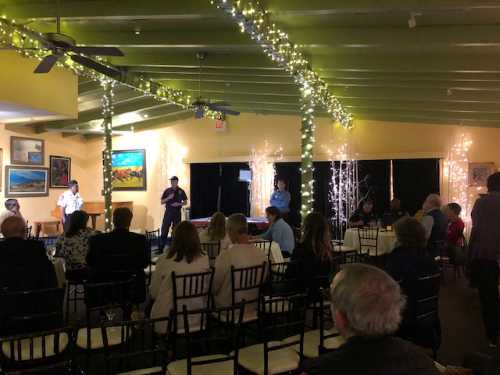 Members of the fire department meet with Home Owner Associations to educate them about fire preparedness
Members of the fire department meet with Home Owner Associations to educate them about fire preparedness
2) Utilize best practices for fuels mitigation in a way that’s compatible with environmental values
- The oak-juniper woodlands found in Western Travis County are not susceptible to frequent fires and under most conditions do not burn readily. However, as we saw in 2011, devastating fires can occur during conditions such as prolonged extreme drought. Fuel mitigation is a key strategy for reducing the risk of fires and minimizing their intensity and spread.
- The most effective fuel mitigation method for oak-juniper woodlands is a shaded fuel break, which is different from the fire breaks used in many other areas of the country. Unlike a traditional “firebreak,” shaded fuel breaks leave the tree canopy intact to shade out grasses and other fine fuels, which are more likely to ignite than trees.
- Shaded fuel breaks are created by pruning and thinning trees within a zone that can extend up to 100 feet from the WUI boundary. Removing the ground and ladder fuels helps prevent fires from starting and also reduces the risk that ground-fires (the most common type) will reach the tree canopy, which can lead to more intense fires.
- Because more than 90% of wildfires are started by people or man-made infrastructure like power lines, the highest probability of ignition occurs within 150 ft of the WUI boundary where development meets wildlands. Shaded fuel breaks are most effective when they are placed along that WUI border.
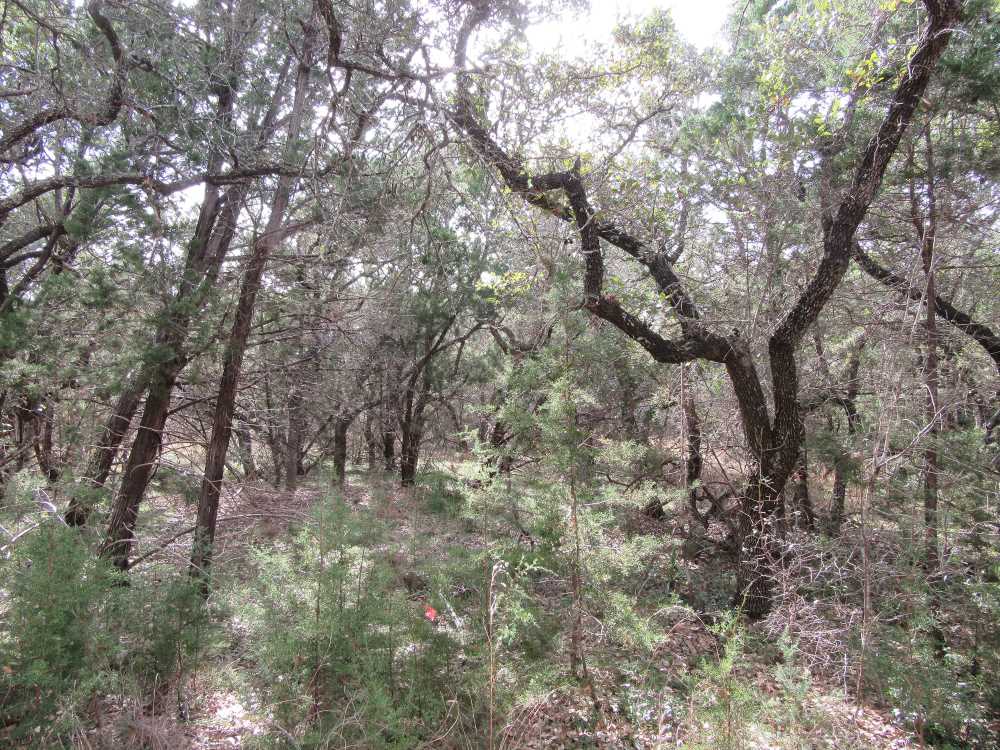 Photo taken of thick forest before treatment
Photo taken of thick forest before treatment 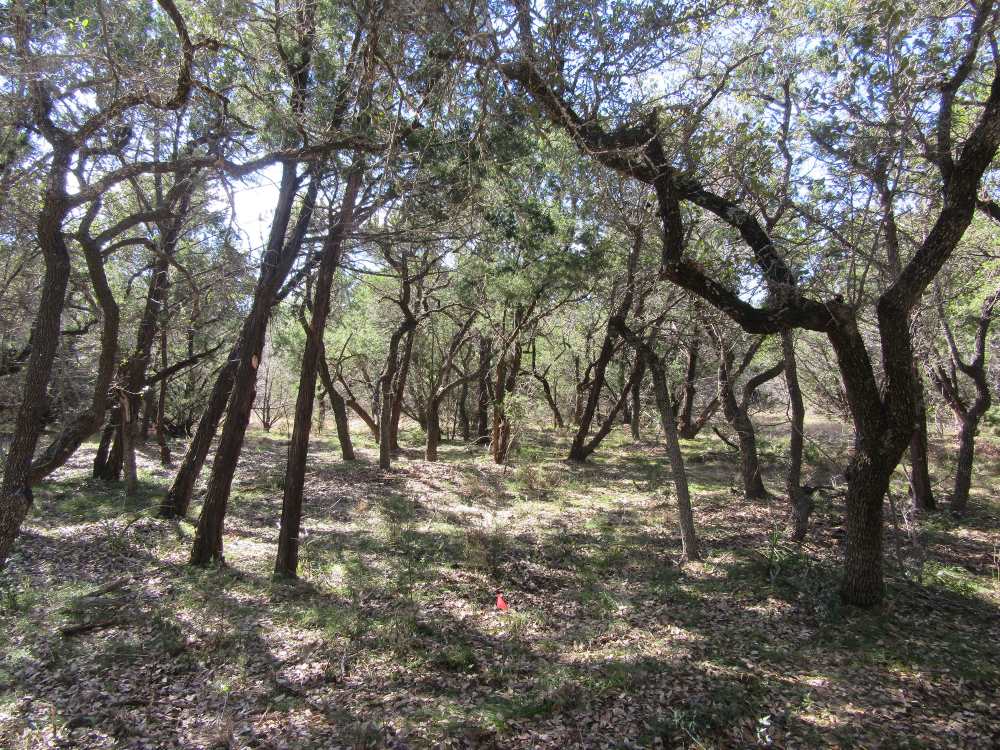 Photo taken of a completed shaded fuel break
Photo taken of a completed shaded fuel break
3) Create a wildfire evacuation based on the impact to life/safety/property in the area
For example, through the interconnectedness of the coalition member, the county evacuation plan was developed collaboratively among fire, emergency management, law enforcement, and transportation agencies, and was the FIRST OF ITS KIND in the state of Texas at the city/county level.
What can you do to help?
o Because every community is unique, the steps and strategies taken to improve wildfire resilience will vary from place to place. The first step is learning how other communities have worked together to form successful collaborations, and to borrow their tools and lessons learned!
 Including all family members in discussions about fire preparedness is important
Including all family members in discussions about fire preparedness is important
Recognize that wildfire safety requires community wide efforts. Because every community is unique, the steps and strategies they take to improve their wildfire resilience will vary from place to place. The first step is to learn about how other communities have worked together to form successful collaborations, and to borrow their tools and lessons learned!
